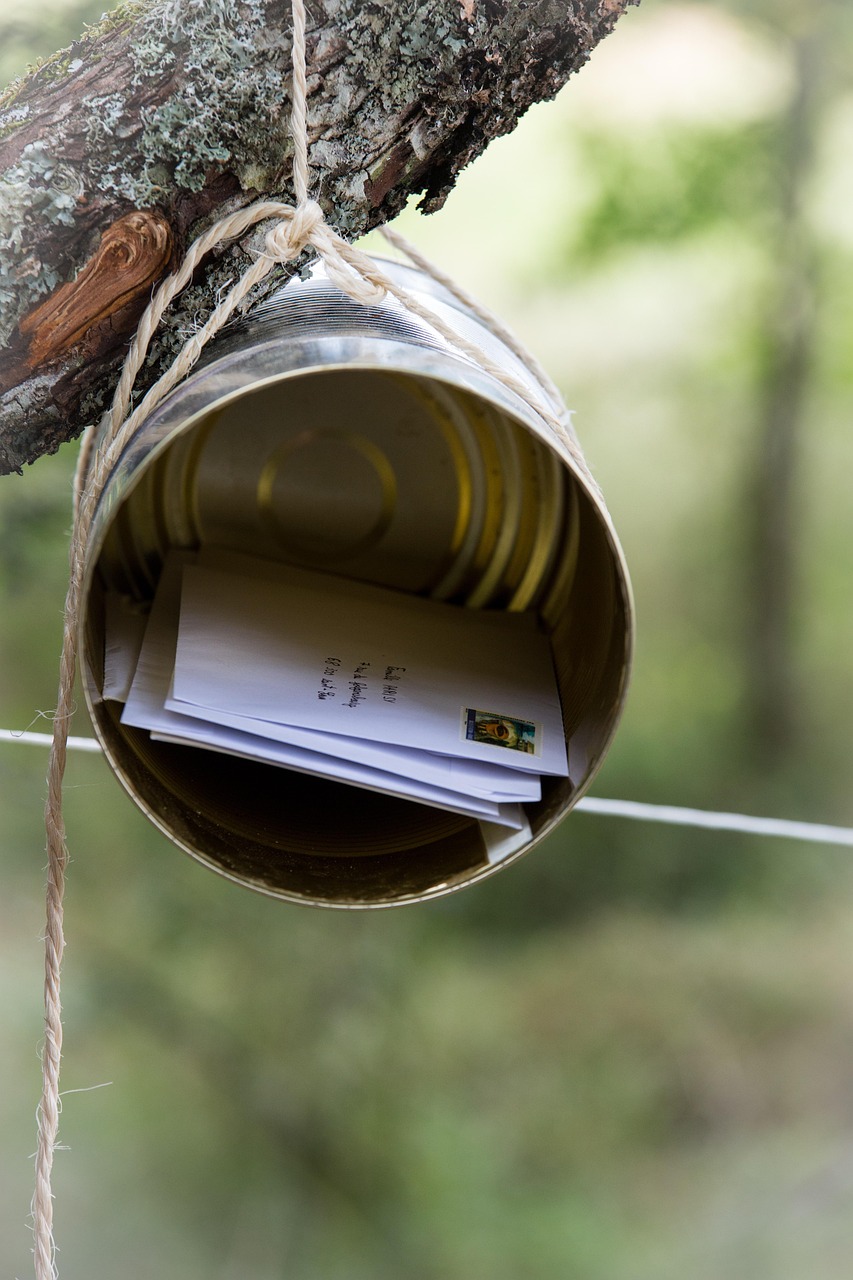Written by Emily Boardman, partner at Boardman, Hawkins & Osborne LLP
Nearly a year ago, the public law working group published their recommendations for best practice in respect of adoption. The part of that report that got the most attention was the chapter on contact, and in this article, I will look at what that report said and what it means for adopters now.
The law on contact post-adoption
To understand the law on post-adoption contact, we actually need to start by understanding the law on pre-adoption contact.
When a placement order is made (authorising the LA to place the child for adoption), the court has a duty to consider the contact arrangements between the child and its birth family. At that stage, the court can make an order under s26 of the Adoption and Children Act 2002 that requires the person they live with to make them available for contact with named people.
It’s important to understand that these s26 orders would oblige prospective adopters to facilitate contact before the adoption order is made.
The court refers to these orders as ‘setting the tone for contact’ and providing a known known to be taken on board by potential adopters.
However, s26 orders do not last beyond the making of an adoption order so there is a further duty on the court to consider contact arrangements when an adoption order is made, and there is provision under s51A to make an order alongside an adoption order (or later) that requires adopters to facilitate contact.
The public law working group’s recommendations on post-adoption contact
The report’s overarching aim was to make post-adoption contact a more fulfilling and helpful experience for the adopted child.
Its main recommendation was that there should be a tailormade approach to the issue of contact for each adopted child. So far, so unremarkable. I should think that adopters were assuming that already happened. It goes on to say that this approach should include and promote face-to-face contact with important individuals in that child’s life if it can be safely achieved and it is in the child’s best interests.
Again, I should think that adopters assume that an assessment has always taken place that informs a recommendation as to whether face-to-face (sometimes called direct) contact can safely take place for an individual child.
Finally, though, the report recommends that the issue of contact needs to be actively considered throughout the child’s minority, which I do think is something new when you look at the detail of the recommendations.
This main aim and the recommendations are explored in some detail in the report, and there is also reference to the extensive research on this subject, much of which is carried out by Beth Neil.
I am sure many people reading this will be familiar with the research that says, in brief, that greater transparency and openness is beneficial to adopted children and that face-to-face contact is strongly indicated to help adoptees develop a sense of identity, accept the reasons why they were adopted and move forward with their lives.
Despite this research, we know that face-to-face contact continues to be the exception and not the norm.
Has anything changed?
I don’t think the aim of the report is all that revolutionary. The adopters I know all want the best for their adopted child, and I believe almost all have an open mind about contact and how that can best be facilitated.
Some of the individual recommendations do represent real change. For adopters, the most radical is perhaps the idea that professionals will remain involved in reviewing contact after the adoption order is made, and for the remainder of the child’s minority.
I think some adopters will welcome this ongoing role, but I also think some would see it as an invasion of their privacy. Much will depend on how it is managed. One year on, I have no experience of this actually happening.
I have seen more applications for s26 orders, but only one being made (which ordered contact with siblings). I understand from colleagues that in some parts of England and Wales, they are being made more frequently, but there does not seem to have been the floodgate effect that some lawyers were concerned about.
It remains the case that post-adoption contact orders (s51A orders) will not generally be imposed on unwilling adopters; we have not seen that change.
Post-adoption contact recommendations
The report recommends that all adopters should write a settling-in letter (which I do see happening) and says considerations should be given in every case to a meeting between the adopters and birth family (I see this being offered but not often taken up – sometimes because it does not seem to be very well organised or supported).
It recommends that birth families should write later life letters (I have not seen that being provided for yet) and that life story books should be available by the time the adoption order is made (this is invariably not happening in my experience, and certainly not of a good enough quality).
I have not seen examples of post-adoption agreements or contact plans being circulated nationally, as suggested, and I am not confident that paperwork shared with adopters is always balanced in its approach to birth families, which is another recommendation.
As mentioned above, I am not seeing provision for adoption social workers to undertake periodic reviews of contact plans being written into agreements, but perhaps most fundamentally, when direct contact is agreed, I am aware of cases where the support provided to the families who are trying to facilitate that contact has been so lacking that it has prevented the contact from going ahead.
Future post-adoption contact
So, looking forward, what can we expect to change? The President of the Family Division (our most senior family Judge) is clear that there needs to be a cultural shift in the approach to adoption and a move to greater openness for adopted people and their families. He considers that the courts and judges have to play their part in that shift.
I do not see that shift really happening yet and it seems to me that it needs to start with the basics – social workers need to be considering the contact arrangements from the very beginning – from the recruitment and training of prospective adopters, to the support being put in place for the birth families, to the use of digital resources to get indirect contact working, and to the financial support (and sometimes therapeutic support) available to help direct contact to work.
Which brings me to my final point – if face-to-face contact is going to work, we need to see Adoption Support Plans that properly set out the practical and financial help available to the families. This is still not happening, and in my view, it is crucial to the success of this shift.

Head to the adoption section to read Emily’s articles about legal delays in adoption proceedings.



